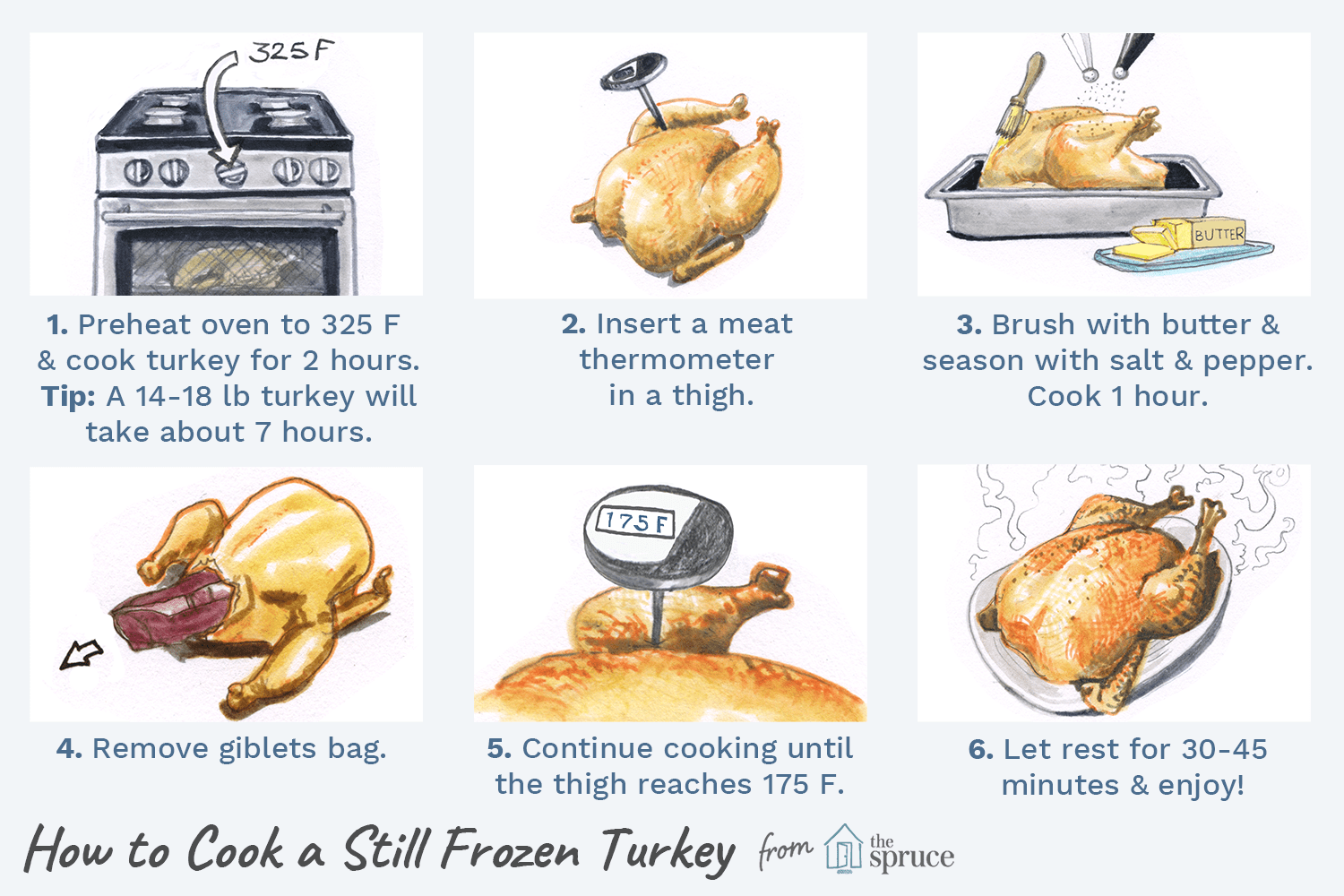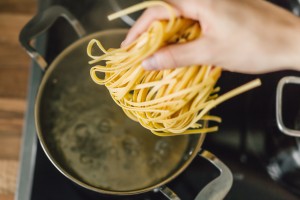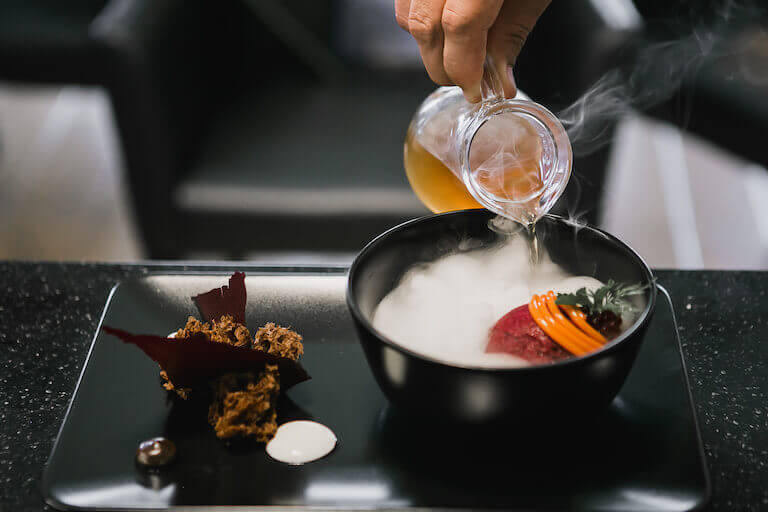
Do you make these poor cooking choices? You are not the only one guilty. Even if your skills aren't great, chances are you have made the same mistake. This article will address some of the common mistakes that cooks make and how to avoid them. These tips should help you improve your cooking skills and make you a better cook. You are likely to be surprised. Keep reading to discover the common mistakes made by cooks and how to avoid them.
Common kitchen sins
It is well-known that chefs are often amateurs. However, most of us have experienced these kitchen mistakes. While cooking can be fun, it can also be a real chore if you end up making food that tastes bland. Here are some ways to avoid committing these kitchen sins:
Avoid making mistakes in the kitchen
You're probably familiar with the stress involved in cooking. Sometimes, you'll end up with burnt onions or hard carrots. Sometimes a dish ends up tasteless or oily. In any case, mistakes in cooking are inevitable. How can you avoid them? Here are some mistakes you could make. These are simple tips to help you avoid these common errors when cooking.

The most common mistake in cooking is not stirring enough. This can cause burned bits to form on the bottom of a pan. Stirring is an important step in cooking even and prevents food from sticking. You can also rotate baking dishes halfway through the cooking process. Cross-contamination is the worst mistake in the kitchen. Always wash your hands well. This applies to raw meats as well as eggs. Also, you should clean your pans after using them.
You're not a bad cook
Many people believe they're terrible cooks. The worst cooks tend to be those who aren't proficient in a technique. Cooking can be compared to painting. It doesn't take a recipe to create beautiful masterpieces. It is intuitive. You have the ability to mix and match flavors and textures depending on your tastes. In cooking, there is no "paintby-numbers" approach. Every spice has its own history, context, and use. Techniques, subject matter, as well as specific subject matter, can all affect how you cook.
This means that if you make the same dish repeatedly, you don't have to be a terrible cook. Bad recipes are the same. Some recipes are difficult or too vague. You can still be a good cook if you follow the instructions. Bad cooks are not capable of following instructions. A skilled cook can use many ingredients and have a good sense of imagination.

FAQ
What are your basic cooking skills
Basic cooking skills include knowing how to read recipes, measure ingredients, cook food safely, and clean up after yourself. If you want to be able to cook for yourself, then you need to learn these basic skills. You can also save money by cooking at home.
Do I need to go to culinary school to be a chef?
No. Many chefs learned their craft on their own. Some even went to culinary school just to gain experience. Culinary school is preferred by most chefs because they have more opportunities to grow and learn. Culinary schools provide hands-on training that helps students develop valuable skills and enhance their culinary knowledge.
Do I have to learn how to cook with my children?
Yes! Children love to help in the kitchen. It's a great way to teach responsibility and teamwork. The whole process can be done by children, including washing and chopping vegetables. You will have your children enjoy helping you cook as long as they follow safe procedures when using knives.
Statistics
- under 10 Kids have been taught that there is special food just for them, and Fiese says that 10 percent of kids will throw a tantrum if they don't get the food they want. (washingtonpost.com)
- You'll be amazed that over 90% of CIA students receive scholarships and grants to finish their culinary studies. (ischoolconnect.com)
- According to the BLS, chefs earn $58,740 a year. (learnhowtobecome.org)
External Links
How To
How to make a perfect omelet
Omelets are one of my favorite foods to eat at breakfast. But how do you create them perfectly? I've tried many recipes and different methods but none have worked. So I wanted to share some tips and tricks so that you can make delicious, fluffy omelets every morn.
When making omelets, it is important to be aware that eggs can be temperamental. The eggs must be fresh from an organic source and kept at room temperature until they are ready to be cooked. They must be kept cool, otherwise the whites will not form properly and the yolks may become runny. Your omelets will look strangely colored if this happens. If you plan to cook the eggs right away, it is best to use room temperature eggs.
Another tip is to separate the egg before adding it to the pan. You don't want the white to get mixed with the yolk, as this could cause the egg to curdle.
If you add the egg directly onto the stovetop, you might end up burning the bottom part of the egg, which would ruin the texture of your omelet. Instead, heat the egg in a microwave for 10 seconds and then place it in a pan. The heat from the microwave cooks the egg just enough without overcooking it.
Next, let’s talk about mixing the egg. Mix eggs well together. You need to turn the bowl of the mixer upside down. Then, vigorously shake the bowl. This way, the air inside the bowl gets whipped around and mixes the egg thoroughly.
The fun part is now - adding the milk to the mixture. First, pour half of the milk into the beaten eggs and then fold the eggs gently into the remaining milk. If you still see streaks of eggs, don't worry. These streaks will disappear once the omelet has been turned over.
After you have folded the eggs, heat the oil in a pan over medium heat. Once the oil has started to sizzle, turn the heat down to low. Once the oil begins to heat, add 1/4 cup butter and swirl the pan to coat it. The lid should be carefully opened. Sprinkle salt in the pan. The salt will help to prevent the omelet's sticking to the pan.
Once the omelet has formed, cover the pan again and wait for the top side to set completely. Flip the omelet by using a spatula. Cook the other side for about a minute. Serve the omelet immediately by removing it from the pan.
This recipe works best using whole milk. Skimmed milk is also possible.